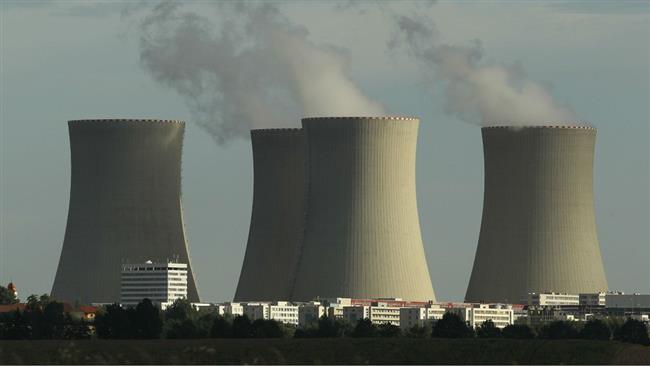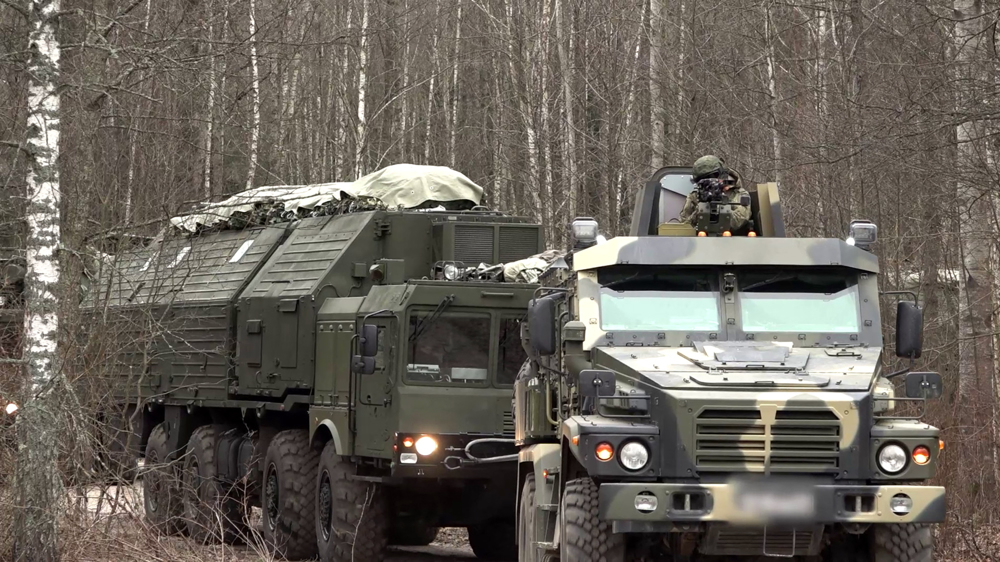Russia detects radioactivity, confirming European readings
Russia has reported “extremely high” concentrations of the radioactive isotope ruthenium-106 in the country, confirming European readings of such contamination in the air.
“Probes of radioactive aerosols from monitoring stations Argayash and Novogorny were found to contain radioisotope Ru-106” between September 25 and October 1, Russia’s Rosgidromet hydrometeorology and environmental monitoring service declared on Monday.
According to the federal service, the highest concentration was registered at the station in Argayash, a village in the Chelyabinsk region in the southern Urals, which had “extremely high pollution” of Ru-106, exceeding natural pollution levels by 986 times.
Ru-106 is a product of splitting atoms in a reactor, which is also used in certain medical treatments. It does not occur naturally.
The agency said the isotope had also been detected in Tatarstan and then in southern Russia, ultimately reaching “all European countries starting in Italy and toward the north of Europe” from September 29.
It did not mention any specific source for the pollution, although the Argayash station is nearly 30 kilometers from the Mayak nuclear facility for reprocessing spent fuel, which was the site of one of the worst nuclear disasters in history back in 1957.
‘No accidents’
In a Tuesday statement, however, Russia’s Mayak nuclear facility denied that it had been the source of the increased levels of ruthenium 106.
Additionally, Russian nuclear corporation Rosatom said there had been no accidents that could have increased the level of the nuclide in the atmosphere.
Earlier in November, media reports said most European countries had detected radioactive pollution in the air without being able to tell where exactly it originated from.
France’s Institute for Radioprotection and Nuclear Safety (IRSN) said the source of the pollution was probably somewhere between the Volga River and the Ural Mountains.
It said, however, that the concentrations measured in Europe were not a public health risk.
Russia’s nuclear corporation Rosatom said at the time that “radiation around all objects of Russian nuclear infrastructure are within the norm and are at the level of background radiation.”
Meanwhile, Greenpeace Russia urged Rosatom on Monday to launch “an in-depth inquiry and publish the results about the incidents at Mayak.”
Iran warns US threats against nuclear sites endanger IAEA credibility, NPT
VIDEO | Trapped in displacement, Palestinians welcome 2026
From Zionism to Daesh, the battles that defined Gen. Soleimani's illustrious legacy
VIDEO | Press TV's news headlines
Iran intelligence ministry arrests 7 people tied to US-, Europe-based hostile groups
VIDEO | Israel halts operations of 37 aid groups in Gaza amid worsening humanitarian crisis
VIDEO | Al-Qassam Brigades confirms martyrdom of its spokesman Abu Obeidah
VIDEO | US economic indicators paint a false picture of the US economy














 This makes it easy to access the Press TV website
This makes it easy to access the Press TV website